If full-scale war comes to Lebanon, Israel will be fighting on Hezbollah’s turf, where its advantages in technology and intelligence won’t be as decisive
Israel launched devastating attacks on Hezbollah in recent days with airstrikes and remote-control explosions that put the Lebanese militant group on the defensive and demonstrated Israel’s vast superiority in intelligence gathering and technology. A ground war between the two, if it occurs, would likely be a different story. Hezbollah, which has been regularly striking targets in Israel for nearly a year, has kept in reserve a massive arsenal of rockets, drones and antitank missiles that it can deploy to counter Israeli advances. Among its most dangerous new weapons is an Iranian-made guided antitank missile called Almas-the Persian word for diamond-which gives Hezbollah a much higher degree of precision in its strikes than it had when it last fought a war with Israel in 2006.
As in that war, which ended in a stalemate, Israel would have to fight on a battlefield in southern Lebanon that plays to Hezbollah’s strengths. The conflict could turn into a quagmire, much like the war in Gaza.
“It’s a little like saying to the United States in 1980, ‘Let’s go back into Vietnam,'” said Daniel Byman, a senior fellow at the Center for Strategic and International Studies in Washington and former U.S. government official, who co-wrote a recent study of Hezbollah’s arsenal.
The risk of full-scale war escalated further on Monday, after Israel intensified its airstrikes across Lebanon including in the capital Beirut, killing almost 500 people and wounding more than 1,600 others in the deadliest single day in Lebanon since the Gaza war began last year. Hezbollah also launched missiles into Israel.
Israel has said it wants to push Hezbollah back from the border and degrade its military capabilities so that some 60,000 people who have had to evacuate their homes in northern Israel because of Hezbollah missile strikes over the past 11 months can return. Israeli strikes have displaced tens of thousands of people from southern Lebanon.
Those with knowledge of Hezbollah say the group accelerated its war preparations in recent months, expanding its network of tunnels in southern Lebanon, repositioning fighters and weapons and smuggling in more arms. Iran has increased supplies of small arms and rocket-propelled grenades, along with guided and unguided long-range missiles, U.S. and regional officials say.
“The south is like a beehive right now,” said a former Hezbollah military officer referring to the military preparations. “Everything the Iranians have, we have.”
The preparations come on top of other advances since 2006, when Hezbollah’s monthlong conflict with Israel left 121 Israeli soldiers and more than 40 Israeli civilians dead along with more than a thousand Lebanese people.
Since then, Hezbollah has acquired thousands of new missiles and drones from Iran and attached guidance kits to its older, unguided rockets. Its fighters have been further hardened from combat in the war in neighboring Syria, where they fought alongside Russian and Iranian forces and learned the battle techniques of conventional armies.
Hezbollah’s upgraded drones successfully struck Israeli military equipment in recent months, including a radar surveillance balloon called Sky Dew in May and a multimillion-dollar antidrone system called Drone Dome in June. The militant group said Sunday that it attacked the headquarters of an Israeli defense company near Haifa, Israel’s third largest city. Israel didn’t confirm the target but said the group had struck deeper than usual into Israeli territory.
Last November, Russia’s Wagner mercenary group planned to give Hezbollah an advanced SA-22 antiaircraft system, The Wall Street Journal reported. It isn’t clear if the system was delivered.
Military analysts say Hezbollah could copy tactics used by Russia in Ukraine, launching salvos of missiles and swarms of drones in efforts to overwhelm or disable Israel’s air defenses and strike military bases or ports and the country’s electrical grid. Israeli officials anticipate that hundreds of people could be killed.
“It’s not going to be a walk in the park” if there’s a full-scale war, said Assaf Orion, a retired brigadier general from the Israeli military. “There’s no way we’re not getting a bloody nose.”
Asymmetric war
It is unlikely Hezbollah could overpower Israel or decisively defeat it in a conventional war. Israeli airstrikes since Oct. 7 have taken a toll on Hezbollah’s leadership and likely degraded some of Hezbollah’s military capabilities, including rocket-launching sites and arms stockpiles.
Israel’s overwhelming advantage in surveillance and intelligence operations were on display over the past week as it executed a sophisticated plot in which thousands of Hezbollah members’ pagers and walkie-talkies exploded, wounding thousands and killing at least 37 people. An airstrike in Beirut’s southern suburbs on Friday killed a group of Hezbollah’s elite military commanders.
Israel’s military also has far more advanced weaponry, including F-35 jet fighters and multilayered air defenses. Israel’s air superiority would allow it to unleash devastating airstrikes and cripple Lebanon’s civilian infrastructure, as it did in 2006.
Israel nevertheless faces strategic disadvantages. Hezbollah wouldn’t seek to win a war with Israel in a conventional sense. Rather, it would aim to mire Israeli forces in a war of attrition, much as Hamas, a smaller and less well-armed group, has managed to survive Israel’s 11-month assault on Gaza.
“Israel can cause destruction in Lebanon, it’s not up for discussion. There is a gap in the military balance,” said Elias Farhat, a retired general from the Lebanese army. “But Hezbollah has asymmetric weapons. They proved their skill in using antitank missiles in 2006. They are well-trained.”
Hezbollah’s version of the ‘Spike’
Hezbollah is probably the world’s most heavily armed nonstate paramilitary force, with tens of thousands of troops and an extensive missile arsenal, military experts say.
In 2006, Israeli officials estimated Hezbollah had about 12,000 rockets and missiles. Qassem Qassir, a Lebanese analyst with knowledge of Hezbollah, said the group’s stockpile had swelled to 150,000 before Oct. 7, a figure that broadly matches Israeli and Western estimates.
The Almas guided antitank missile is widely thought by military analysts to be a reverse-engineered version of an Israeli missile called the Spike, which was likely captured by Hezbollah and sent to Iran in 2006.
Broadly comparable to other advanced antitank missiles such as the American Javelin, which Ukraine used to blow up invading Russian armored vehicles in 2022, the Almas lets Hezbollah hit targets with more precision than in past years, when it mainly relied on unguided rockets.
In Hezbollah’s first recorded use of the weapon in January, a video filmed from the missile itself shows it rising from southern Lebanon and then smashing into a hilltop bristling with radar and other military gear in northern Israel.
Flirting with disaster
Founded in the early 1980s with training from Iran’s Islamic Revolutionary Guard Corps, Hezbollah emerged out of a movement of Lebanese Shiites aiming to drive out Israeli forces after they invaded Lebanon in 1982. The group’s kidnappings and bombings, including the deadly 1983 bombing of the U.S. Marine Corps barracks in Beirut, caused the U.S. and the European Union to designate it a terrorist group. The insurgency achieved its goal in 2000 when Israel withdrew its forces from Lebanon.
As Hezbollah grew, it became a large political party controlling seats in Lebanon’s parliament and cabinet. It frequently clashed with Israeli forces, but the two sides managed the conflict within unspoken rules of engagement, allowing them to exchange fire and then return to an uneasy status quo.
The 2006 war reset those rules. It started after Hezbollah ambushed an Israeli military patrol in a cross-border raid, killing two soldiers and capturing three others. Five more were killed during an Israeli rescue mission.
Israel retaliated with overwhelming force, blockading Lebanon by sea and bombing runways at Beirut’s airport, while its warplanes struck roads and bridges. Israel also bombed Beirut’s densely populated southern suburbs in hopes of hitting Hezbollah’s headquarters.
Despite its overwhelming military power, Israel reached the brink of military disaster after it launched a ground invasion of southern Lebanon, aiming to push Hezbollah’s forces north of the Litani River, about 18 miles from the Israeli border.
Using guerrilla tactics, Hezbollah inflicted significant casualties on Israeli forces, deploying antitank missiles to pierce the armor of 20 tanks and kill 24 tank crew members.
Hezbollah also rained rockets down on northern Israel, launching roughly 150 a day. It used an Iranian-made antiship missile to hit an Israeli warship in the Mediterranean. It also hit Haifa, killing eight people.
An Israeli reservist who fought for two weeks in Lebanon in 2006 recalled how the Hezbollah fighters, operating in small teams, would embed themselves in villages and wait for Israeli military forces to come to them, rather than engaging in open combat in areas where they would be more exposed to airstrikes.
Although sometimes the Israelis encountered face-to-face fighting, often the Hezbollah fighters would target them from a distance with antitank missiles that could strike from five to six kilometers away.
“Hezbollah of 2006 is not the Hezbollah of today,” the reservist said, acknowledging that the group had improved its capabilities. But the Israeli army also had done so, he said, and had gained valuable experience fighting in Gaza.
The war ended in a stalemate in August 2006, with a U.N. Security Council resolution that resulted in Israel withdrawing its forces from southern Lebanon.
Syrian experience
Hezbollah’s fighters got valuable training when the group joined Iran in backing President Bashar al-Assad in his war against rebels in Syria following that country’s 2011 revolution.
Hezbollah’s ability to smuggle in weapons from Iran has also become easier because of Iran’s expanding influence in Syria, which opened a direct land route from Iran to Lebanon. Israel has tried to disrupt Iran and Hezbollah’s supply lines with airstrikes.
But some items are almost impossible to intercept. Since 2006, Hezbollah has added guidance systems to its unguided missiles, using small GPS units that are easily transported in a suitcase.
Source: The Wall Street Journal


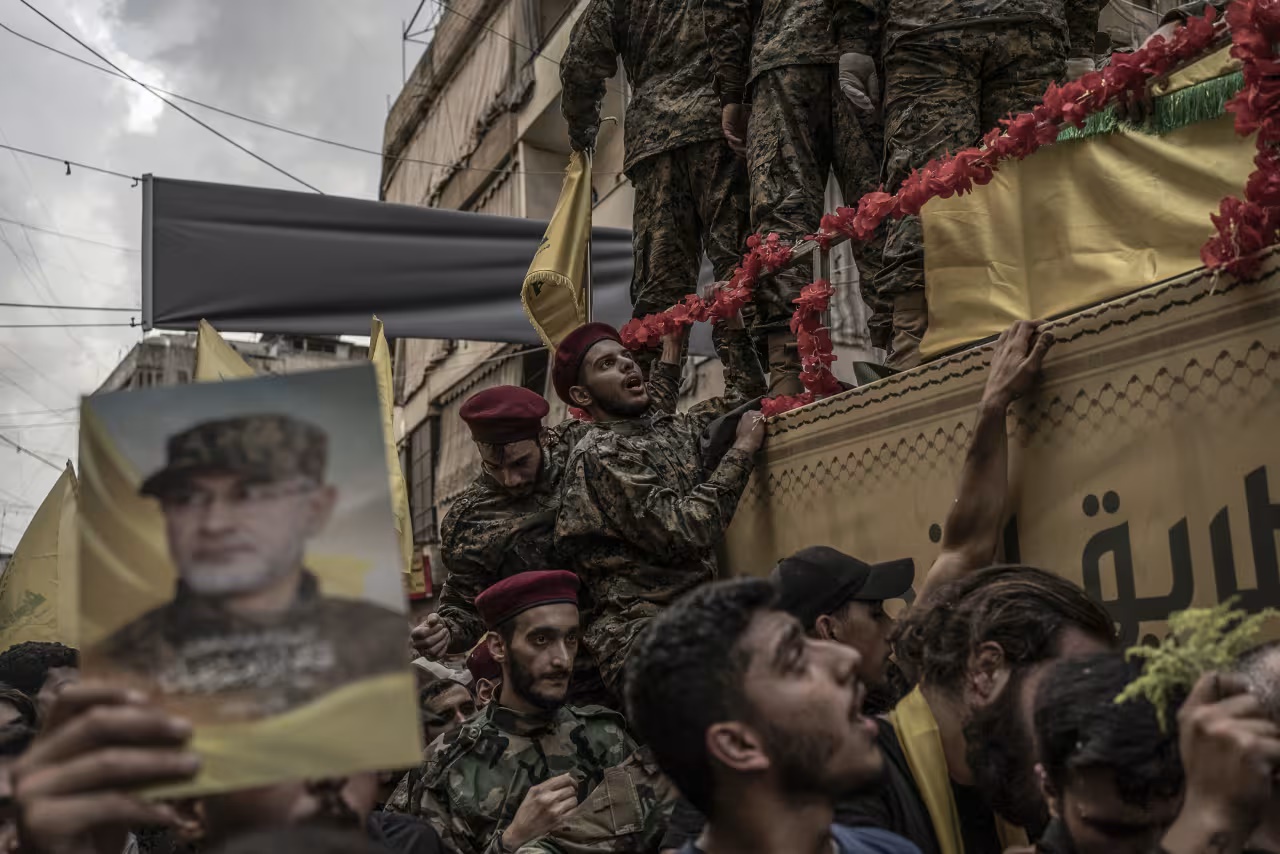
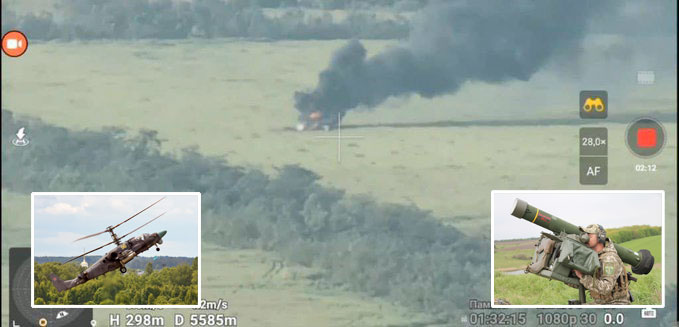
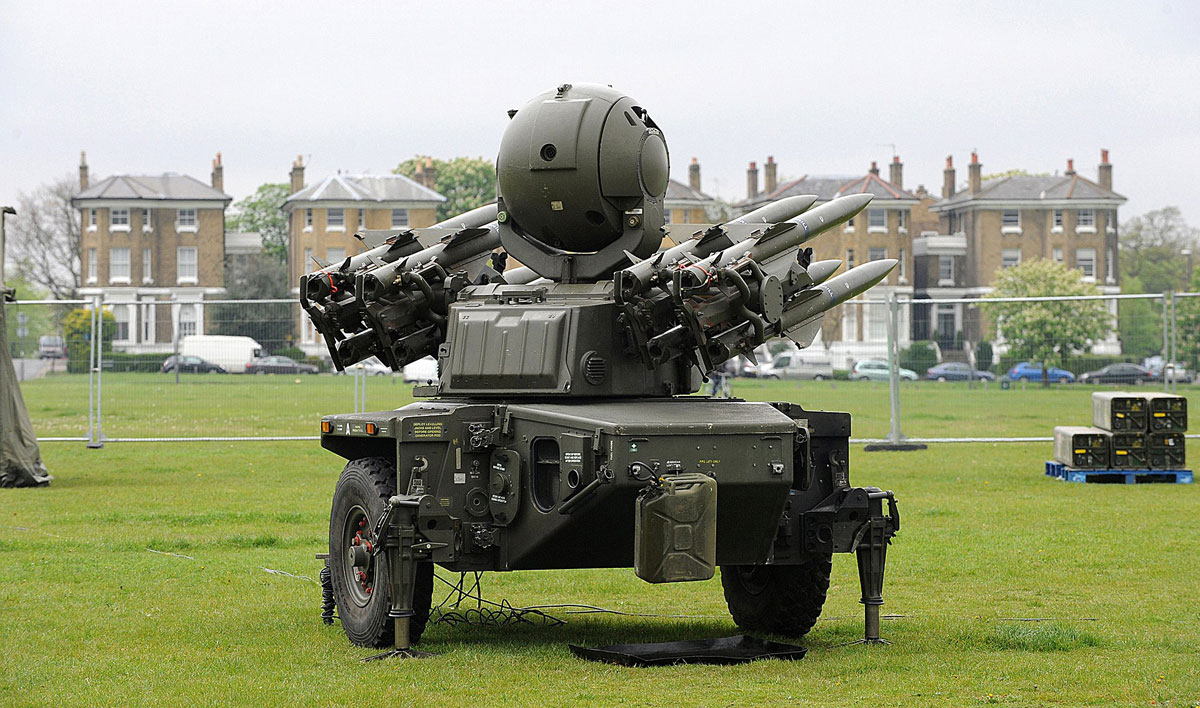

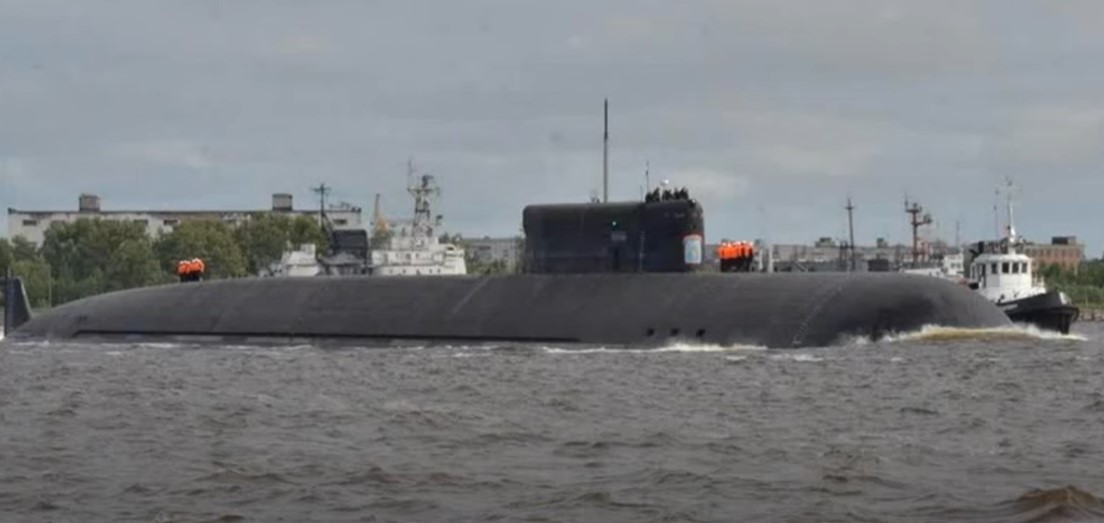
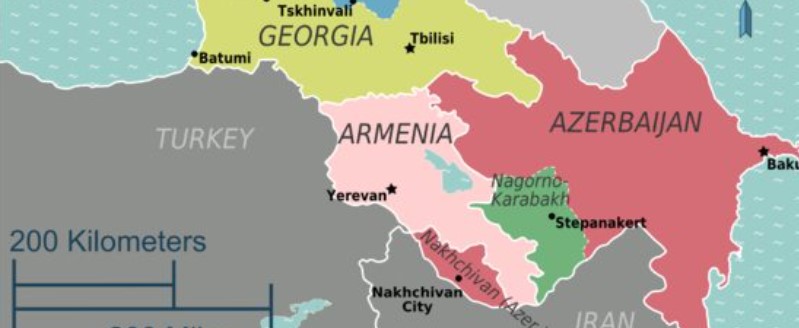






No comments.
By submitting a comment you grant Free West Media a perpetual license to reproduce your words and name/web site in attribution. Inappropriate and irrelevant comments will be removed at an admin’s discretion. Your email is used for verification purposes only, it will never be shared.